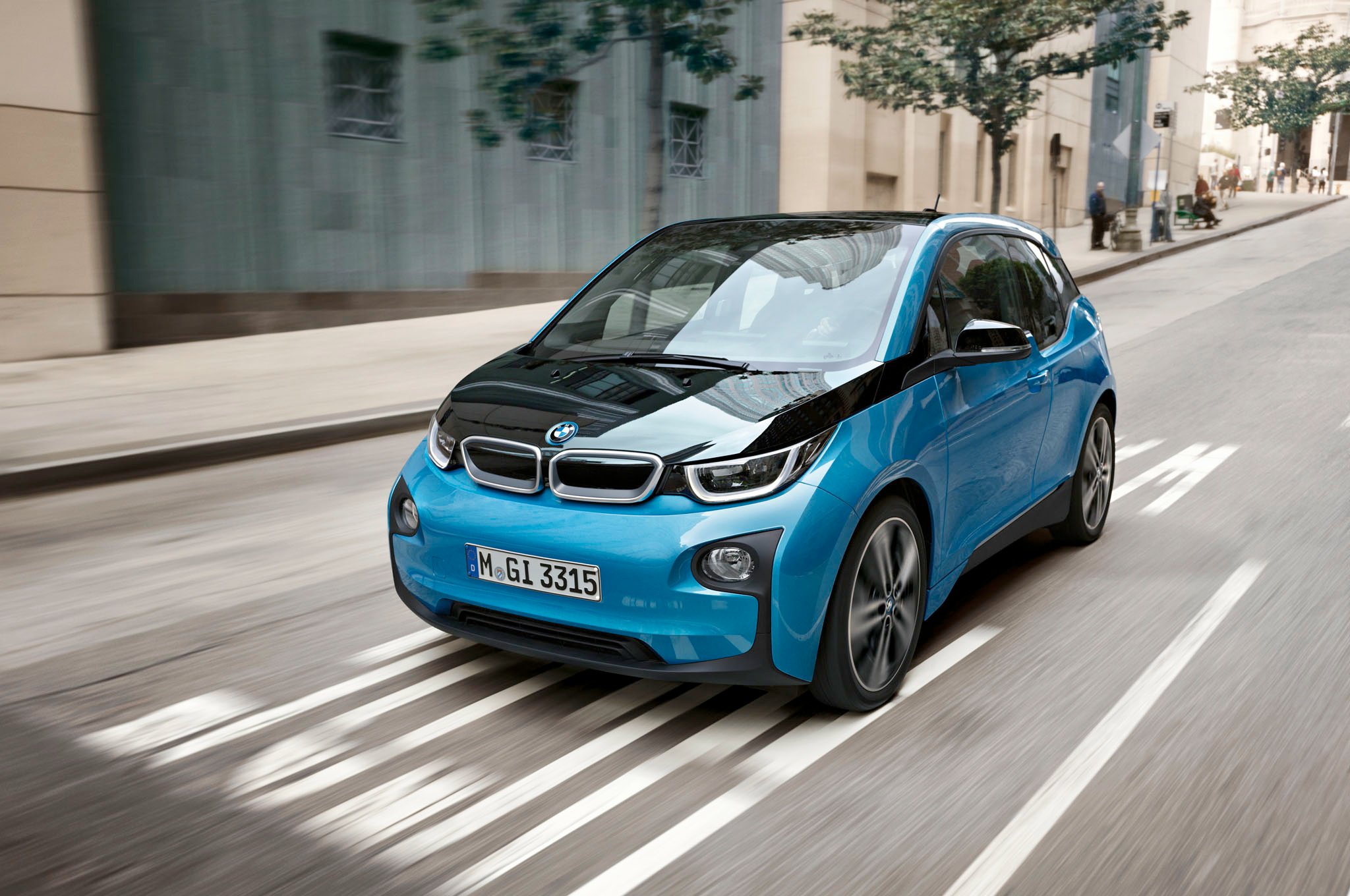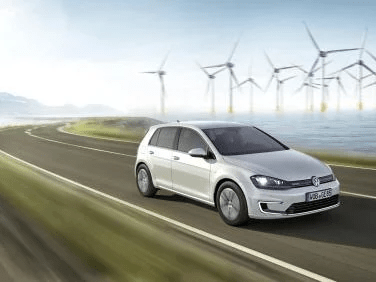(REPOST: The Independent)
Electric cars are still fairly uncommon on British roads, but the number is growing in pace with the growth in Britain’s charging infrastructure and the advances in battery technology that are reducing ‘range anxiety’.

Now, for an increasing number of motorists, the electric vehicle (or EV) is becoming a workable option.
BMW’s i3 is up with the class leaders with its concept-car looks, well crafted cabin and zippy everyday performance. When new, it cost £30,980. In October 2017 you can get an average mileage 2014 model with full service history for £15,500.
Just £500 more will secure the same vintage Volkswagen e-Golf. Here, VW has simply replaced the Golf’s normal internal combustion engine with an electric motor and battery to create a clean, cheap to run vehicle with all the regular Golf’s excellent practicality.

Which is the best choice of the two? They both have three driving (Normal, Eco and Eco-plus) and three braking regeneration modes to deliver different levels of battery optimisation and recharging. In real-world testing, we eked 85 miles out of the fully-charged i3, and 87 miles in the Golf.
Gearless electric power gives strong low-speed response from both cars. The BMW keeps going better above 40mph thanks to its extra 54bhp and 300kg lower weight. Its hot-hatch zippiness is matched by well-weighted steering and good resistance to body roll.
The e-Golf steers more slowly, but gives better feedback to the driver. The BMW’s slender tyres lose grip quite quickly, giving it a nervy feel. Its ride isn’t as plush as the Golf’s either, and nor is its ability to suppress wind and road noise.
Inside, both provide sufficient head and leg room in the front, but the narrower i3 is less generous on shoulder room. The e-Golf has more rear space in every direction, with room for three children in the rear: the BMW only offers two individual seats, and a shorter, shallower and narrower boot. They both have split/fold rear seats to boost cargo space.